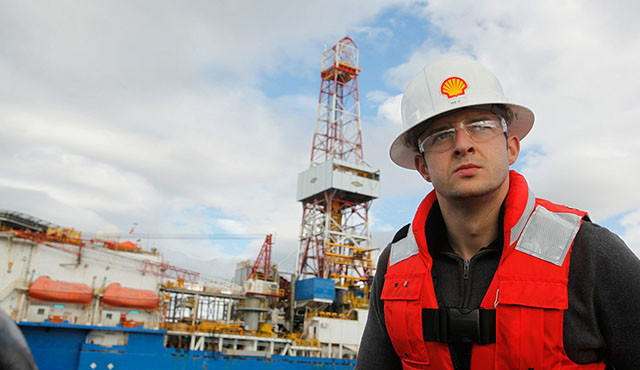Super-major and independent operators are ignoring the noise from fossil fuel antagonists to derail the continued development of recent discoveries in the deepwater Gulf of Mexico.
For example, Shell is outlining development options for a “significant discovery” unveiled in May at the Leopard prospect in 6,800’ of water in Alaminos Canyon. Two months later, Shell also stamped the final investment decision (FID) on its Whale discovery, also on an outer Alaminos Canyon block. The Whale semi-submersible floating production system (FPS) will closely mimic the FPS installed at the Shell-operated Vito development in Mississippi Canyon, which is expected to begin production later this year.
The Gulf’s perennial top producer, Shell is advancing development plans, despite a Dutch court ruling on May 26 ordering The Netherlands-based operator by 2030 to reduce carbon dioxide (CO2 ) emissions by 45% compared to 2019 levels. Shell said it intends to go to net-zero emissions by 2050.
“We cannot go faster than society. That is just the reality,” CEO Ben Van Beurden said in a July 29 earnings call. “We still need to invest very significantly for the next decades in oil production.”
Fellow super-major Chevron, a partner in the Whale development, said that when it comes to emissions, the equivalent barrels produced from the deepwater Gulf fall well below the U.S. industry average for carbon content. Jay Johnson, Chevron’s upstream executive vice president, said the company’s entire Gulf of Mexico operations in 2020 were at less than 7 kg of CO2/per barrel of oil equivalent (BOE). A Rystad Energy analysis showed U.S. producers in 2018 averaged 12 kg of CO2 per BOE.
“We’re always looking for that next high-return, low-carbon barrel, and the Gulf of Mexico represents a good hunting ground for that,” Johnson said on July 30.
Elsewhere, just over one month removed from a “disappointing” Mexican rebuff, independent Talos Energy is drilling ahead in a revitalization campaign on a deepwater U.S. Gulf field that delivered first oil 27 years ago. Bolstered by a proprietary seismic reprocessing data, Talos has mobilized a rig to the Pompano field in Mississippi Canyon, where it sees “numerous drilling opportunities” with initial production from new drilling expected by the fourth quarter.
Talos also holds a 25% stake in the Puma West deepwater discovery announced in April on its wholly owned Green Canyon Block 821. Chevron holds an equal interest in the subsalt exploration well, which is operated by BP.
Meanwhile, President and CEO Timothy Duncan told analysts on Aug. 4 that Talos is reviewing its “commercial and legal options” after Mexico’s Ministry of Energy abruptly awarded operatorship of its Zama deepwater discovery to state-owned Pemex in early July.
As of Aug. 20, Baker Hughes counted 14 active rigs in the Gulf of Mexico, up one from the same time last year.





